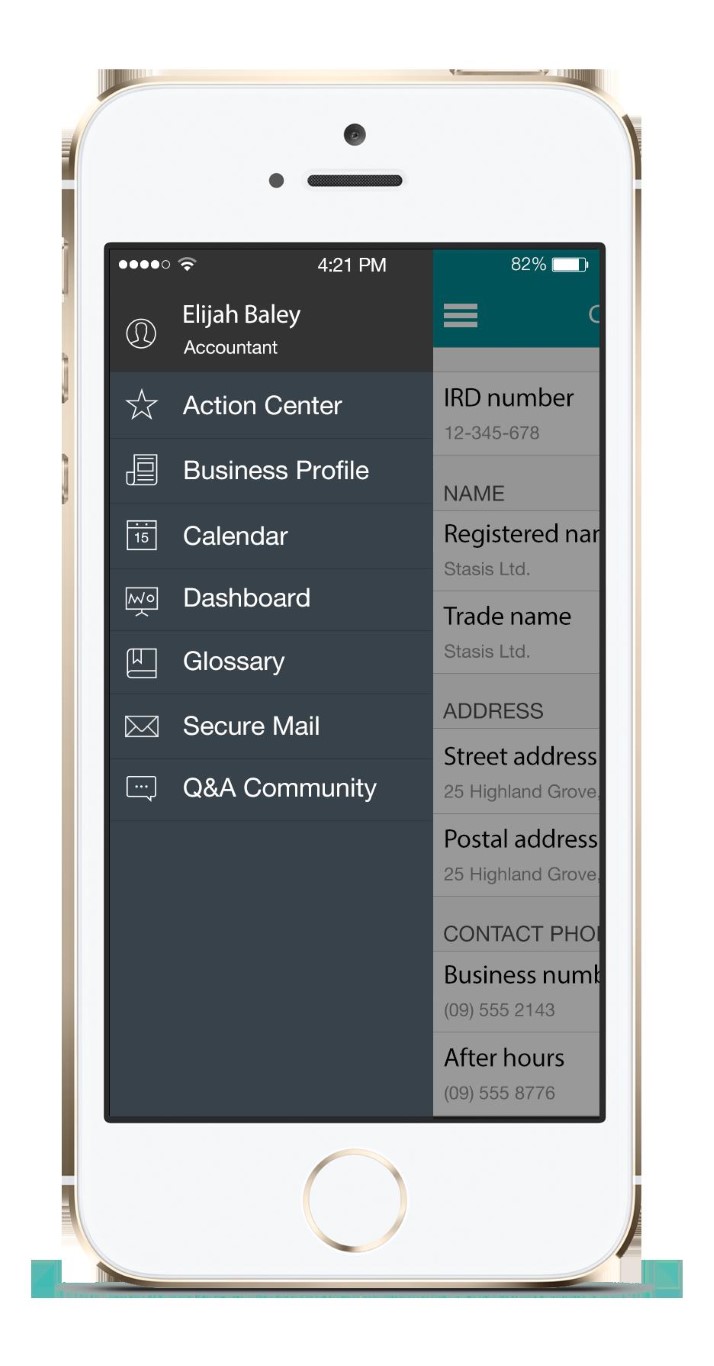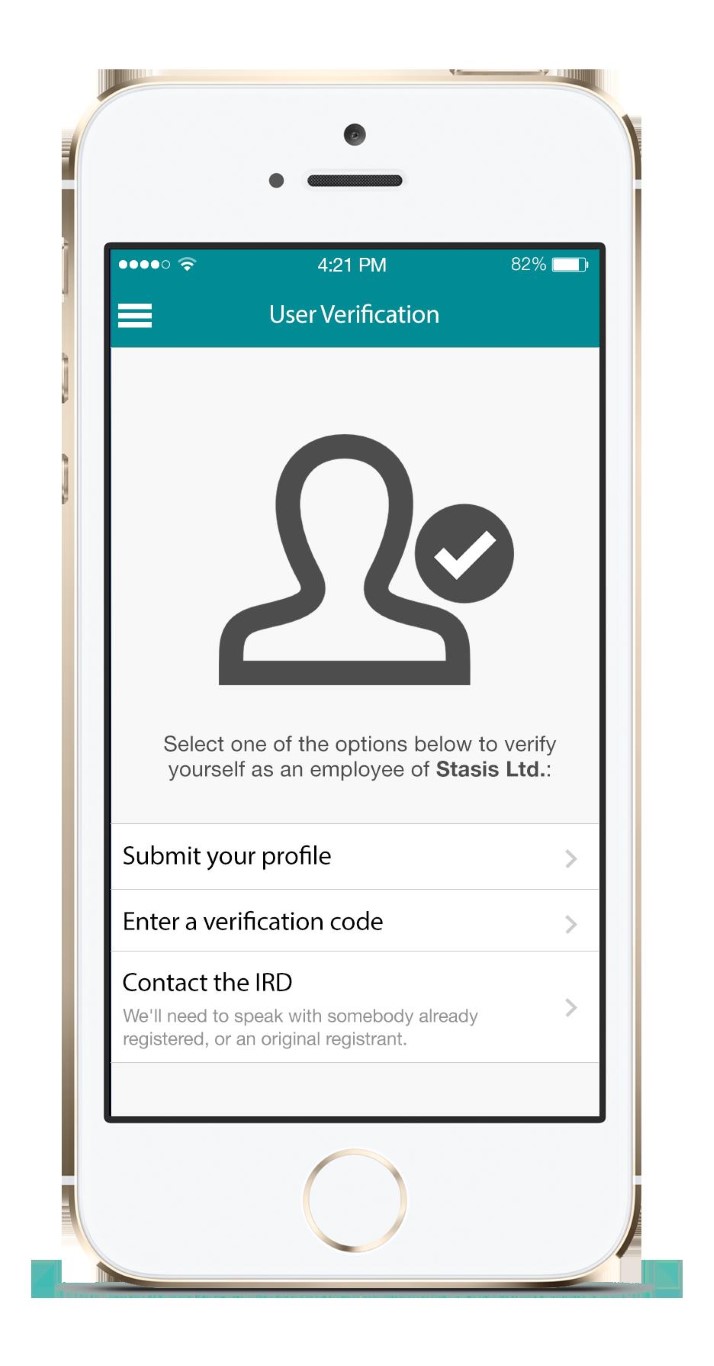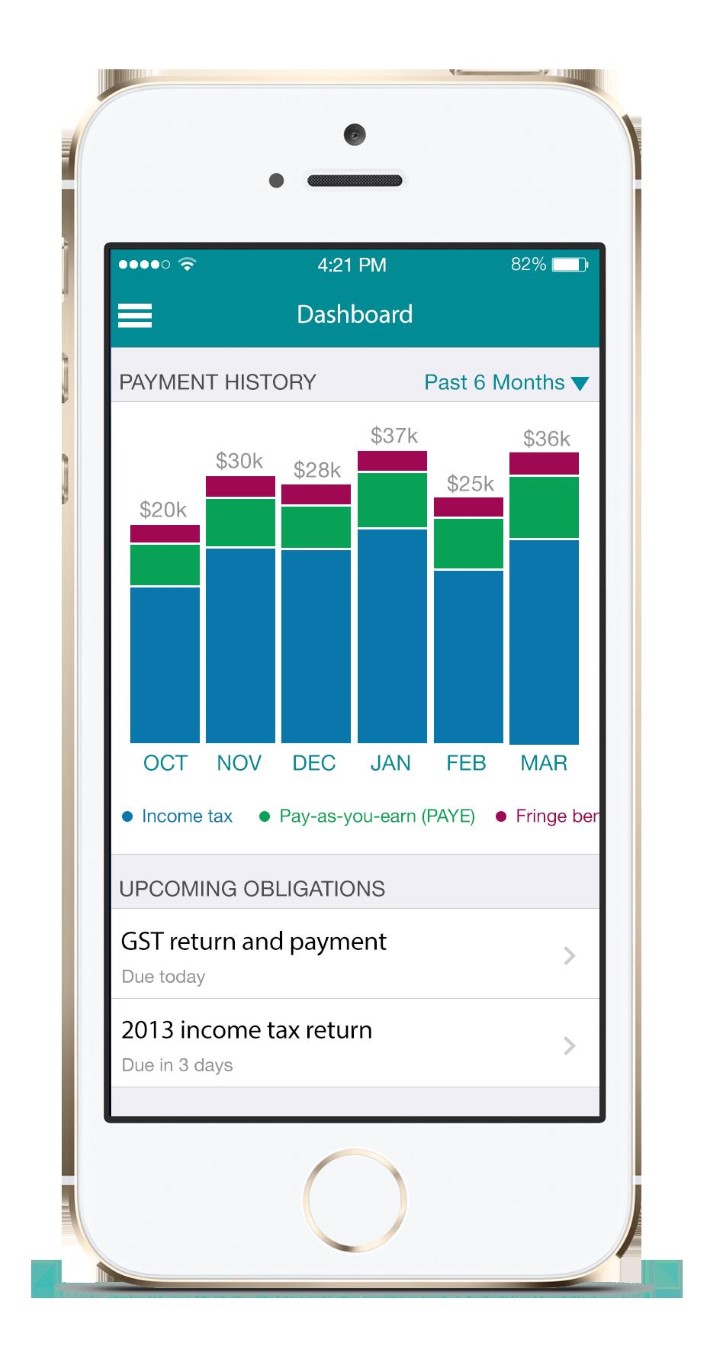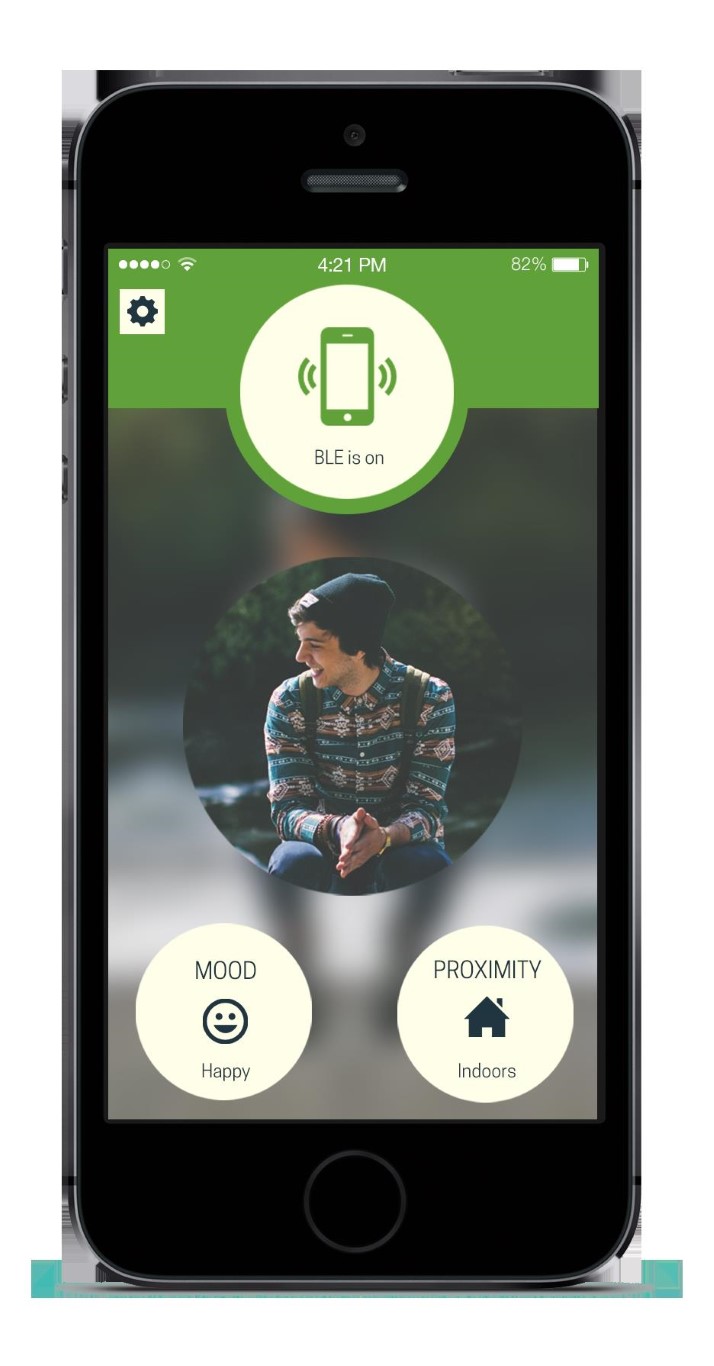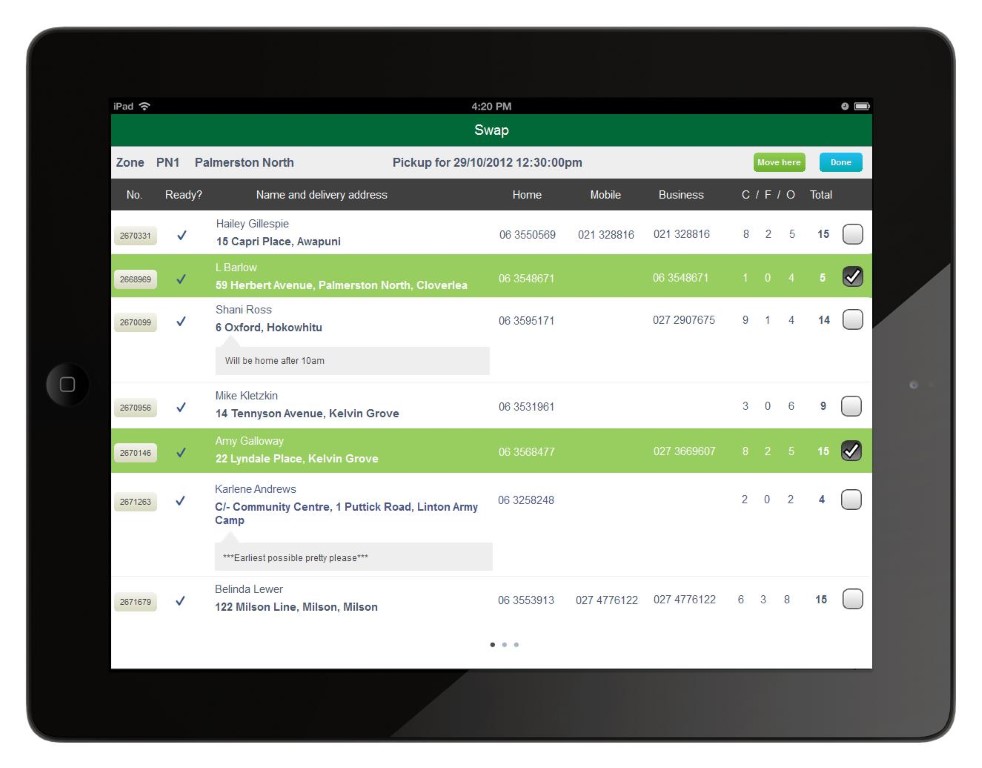Like with innovation of any kind, timing is important in mobile app development. Launch a new idea too early, without ensuring an adequate product-market fit, and you run the risk of the market not getting what you are trying to do. Launch it too late, and you’ll have competition to contend with.
Around the middle of last year we were working with a talented group of kiwis trying to bring electric scooter sharing to New Zealand. They were passionate and savvy, but unfortunately they sprung to action a little later than their key overseas rival with green scooters and a fruity name. One day Lime scooters just showed up in Auckland upstaging their nascent plans!
The Lean Startup Methodology
There is a fine line between “taking your time to get it right” and “rushing to get it out first”. How do you know which approach best suits your business? The answer is you’ll never quite know 100%. The best way to ensure you are not dragging your feet, and at the same time not taking on unnecessary risks is to follow the lean startup model of venture creation. This can be summarised as follows:
As soon as you have an idea, act decisively to do your research and arrive at some measure of product-market fit. Read our blog post on product-market fit here.
Define what your Minimum Viable Product (MVP) should be to minimise risk and time to market. Our Agile Concept Workshopsᵀᴹ run at the start of each project and guide our clients through this process.
Find an experienced team to help you realise your vision.
Iterate your product after launch based on market feedback.
First VS Second-Mover
The concepts of first-mover advantage and second-mover advantage are well understood. The first-mover advantage allows a company to establish strong brand recognition and product loyalty. Amazon’s Kindle e-book reader is an example. The device was the first e-book reader to capture a large swathe of the market. As a result, it now enjoys a significant amount of brand loyalty and around 80% market share of all e-books sold in advanced economies.
The second-mover advantage (or “late-entrant advantage”) allows a company to save on product and market development, while introducing beneficial innovations. Facebook is an example of a successful late entrant. Its social network came after several others had softened the market to the idea of online socialising, and its product was more evolved, serving consumers’ needs better. As a result, it now enjoys a market-leading position in all but a handful of countries.
New Zealand and Australia
Our relative isolation from other markets means that often we have the benefit of both first and second mover — we can observe a successful business model unfold overseas and learn from it, while also being able to execute as a first-mover in our local markets. New Zealand’s Trade Me is an example. Having seen eBay in action overseas, Trade Me’s founder, Sam Morgan, created an alternative for the New Zealand market and launched it before other local competitors. As a result, Trade Me went on to dominate the local market and Sam had a $700m exit.
However, don’t let our isolated position fool you into inaction. Chances are you are not the only one who has the idea. Both New Zealand and Australia have very active entrepreneurial and investor communities. The winners aren’t necessarily the best ideas, but the ones that are executed adequately and quickly, and then improved iteratively with market feedback.
Speed is always of the essence.
















